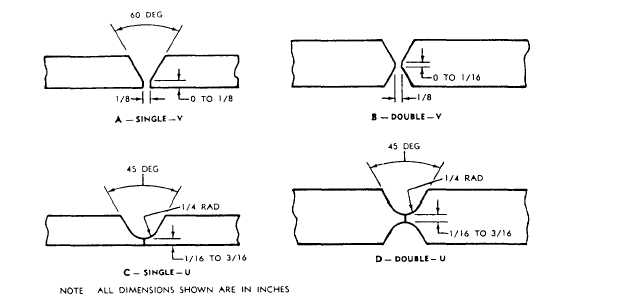Figure 15-36.—Butt joints in light sections.
Figure 15-37.—Butt joints in heavy sections.
The preparation of the metal for welding is
governed by the form, thickness, kind of metal, the load
that the weld will be required to support, and the
available means for preparing the edges to be joined.
The five basic types of welded joints arc the butt,
tee joints, lap, edge, and corner. (See figure 15-35.)
BUTT JOINTS.—A butt joint is made by placing
two pieces of material edge to edge so there is no
overlapping, and then welding them together. Plain,
square butt joints used for butt welding thin sheet metal
are shown in figure 15-36. Butt joints for thicker metals,
with several types of edge preparation, are shown in
figure 15-37. These edges can be prepared by flame
cutting, shearing, flame grooving, machining, or
grinding.
Plate thicknesses of 3/8 to 1/2 inch can be welded
by using the single-V or single-U joints, as shown in
views A and C of figure 15-37. The edges of heavier
sections should be prepared as shown in views B and D
of figure 15-37. The single-U groove is more
satisfactory and requires less filler metal than the
single-V groove when welding heavy sections and when
welding in deep sections. The double-V groove joint
requires approximately one-half the amount of filler
metal used to produce the single-V groove joint for the
same plate thickness. In general, butt joints prepared
from both sides permit easier welding, produce less
distortion, and ensure better weld qualities in heavy
sections than joints prepared from one side only.
15-27




